- Real Museo Borbonico
16 volumes. Vols. I-XV binding in full parchment with gold title on the gusset and elegant golden friezes on the spine, in good condition: traces of dust on the plates and spines; pale stain of humidity on the lower external corners of the plates of the volumes. X and XI; minimal lack of parchment covering on the spine of the volume. VII. Volume XVI has a cardboard binding that imitates parchment and decorations on the spine similar to those of the other volumes. Traces of dust on the cuts. Small cataloging label on the front cover of all volumes. Well-preserved papers with scattered foxings, irregularly distributed across all volumes. A puddle of humidity affects the lower external corner of the first 8 cc and the last 20 (the last cc one is very extensive and intense) of the volume. X and the first 50 cc (very intense at the beginning, then fades) of the vol. XI. In the vol. XVI plate is missing. in the Frontispiece and the tables of the works presented are grouped after the descriptions, not in order (two upside down).
Dimensions: 27 x 19 cm
Code: LIARCA0198219
“The Royal Bourbon Museum, rich in illustrious works on a par with the most celebrated in Europe, surpasses all others for monuments that make it unique in the world; and they are those who, buried and preserved with entire cities by the nearby Vulcan, rise again after eighteen centuries to induce wonder and delight in the cultured nations”. This is the presentation of this monumental work which in 16 volumes presents the collections collected in Naples by Charles III, who transferred the artistic heritage of the Farnese family to Naples, and by his son Ferdinando I, the promoter of this publication, the first authorized of the Museum’s works , in which “he grants that the Royal Bourbon Museum is made public due to the unreserved prints of the things found in the excavations, which until now have remained unpublished due to the prohibition on drawing them” which has been in force since the first excavations in Herculaneum for all the finds of property of the royal house.
The fulcrum of the collections is obviously represented by everything coming from Pompeii and Herculaneum, but as announced in the presentation of Vol.I “the edition will contain: architectural monuments, statues and bas-reliefs, ancient paintings, from the Middle Ages and from the Risorgimento of art up to the schools of the Caracci, bronzes, mosaics, utensils, furnishings, vases commonly called Etruscan, weapons, engraved gems and medals, coins, oriental, Egyptian, low-time monuments and other objects of various kinds”.
The works are presented in engraved plates accompanied by commentary files, each with its own numbering: the plates are 973 in total, mostly engraved in line copper, some lithographed in chiaroscuro (especially those showing views of Pompeii), some fold back. The presentation criterion chosen is that of a mixture of works from different eras and genres, without chronological order. At the end of each volume, a Report on the excavations of Pompeii is published which directly follows the progress of the work in conjunction with the printing of the individual volumes, from February 1824 to December 1855.

FineArt is the new ambitious Di Mano in Mano project that offers an exclusive choice of antiques and design works, presenting them for their singularity and uniqueness.

FineArt by Di Mano in Mano is a team of experts at your service to enhance furniture, paintings, finest antiques, art and design masterpieces at best.
Di Mano in Mano
Via Castellazzo 8, Cambiago (MI)
20040